Coffee Bay may be known for its postcard-perfect coastline but venture a little further and you’ll discover a side steeped in cultural depth and ancestral echoes. From sacred kraals to caves once used in South Africa’s liberation struggle, this coastal gem invites you into the heart of Xhosa heritage. Slow traveler and cultural enthusiast, Tsholofelo Kau, shares five ways to connect with Coffee Bay’s soul beyond surfing.
Explore the Hidden Histories of the Mapuzi Caves
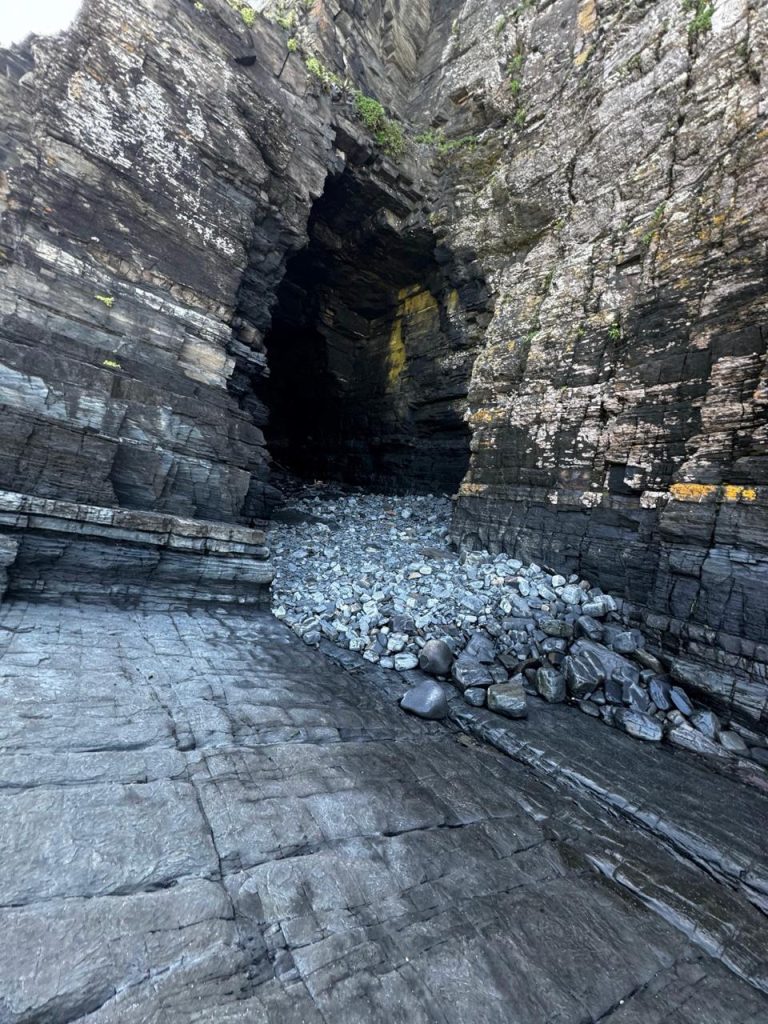
Just beyond the coastline, tucked between layers of weathered rock and the rhythmic pull of the tide, lie the Mapuzi Caves, a place of both natural splendour and hidden histories. Locals speak of these caves not only as a marvel carved by time, but as a quiet refuge during South Africa’s liberation struggle. During the height of apartheid, the caves served as a strategic hideout for members of the African National Congress (ANC). Weapons were stashed here, meetings were held, and the rugged terrain offered a cloak of protection from forces. Today, standing at the mouth of Mapuzi, you feel both the majesty of the rock and the significance it holds, a reminder that heritage is not only what we see, but what once had to remain unseen.
Step Into the Sacred Space of a Traditional Kraal
Perched on a ridge overlooking the undulating hills in Coffee Bay, this kraal, simple in form, woven from branches and time, holds a depth of meaning far beyond its structure. In Xhosa culture, the kraal (or isibaya) is not just an enclosure for livestock. It is a sacred space, carrying, lineage, and ritual. Traditionally positioned at the centre or heart of a homestead, it connects living to the ancestral realm.
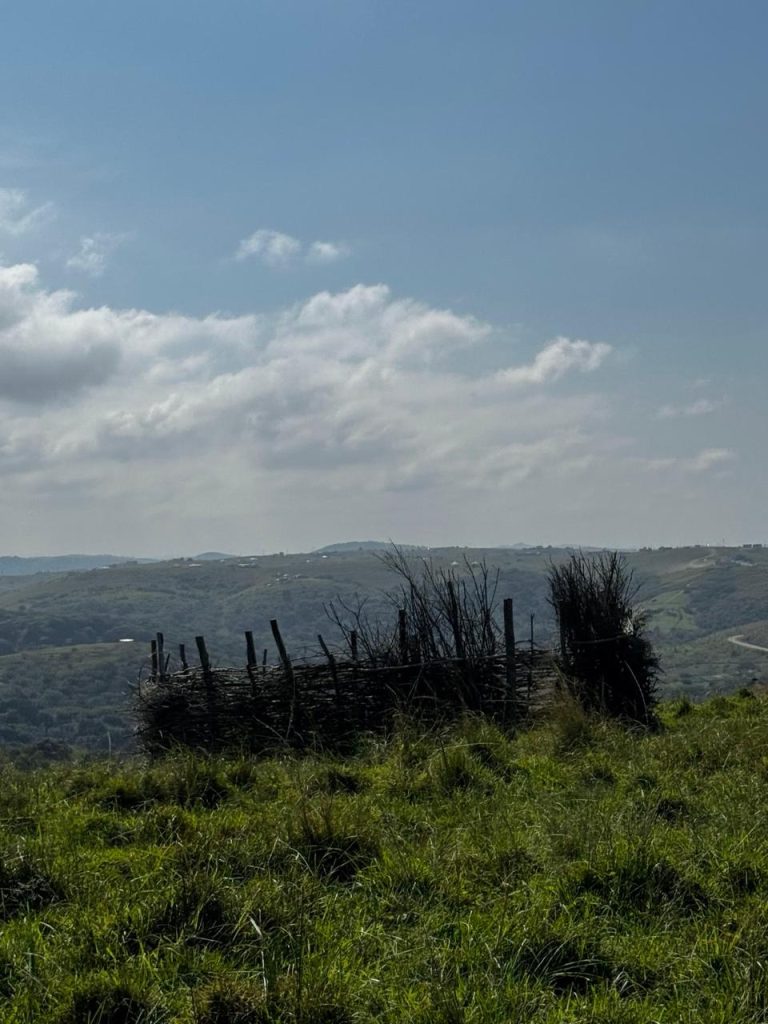
The kraal is where key ceremonies and rites of passage take place. From welcoming newborns to honouring the departed. It is here that elders speak to their ancestors, that libations are poured, and that communion with those who came before is made tangible. In many households, the kraal is both a physical and spiritual anchor. A place where identity is affirmed and where guidance is sought.
Even as modernity reshapes the landscape, the kraal remains a potent reminder of continuity.
Experience Heritage Inside a Homestead
Traditional huts, often circular and built with mud, clay, and thatch or corrugated roofing are repositories of history, living classrooms where generations pass down tradition and ways of life.
Inside, you find heritage in action: beadwork, woven baskets, and calabashes once used in ceremonial feasts. And of course, the warmth of food, the likes of umleqwa (free range chicken), umbhako (homemade bread) and umngqusho (samp and sugarbeans).
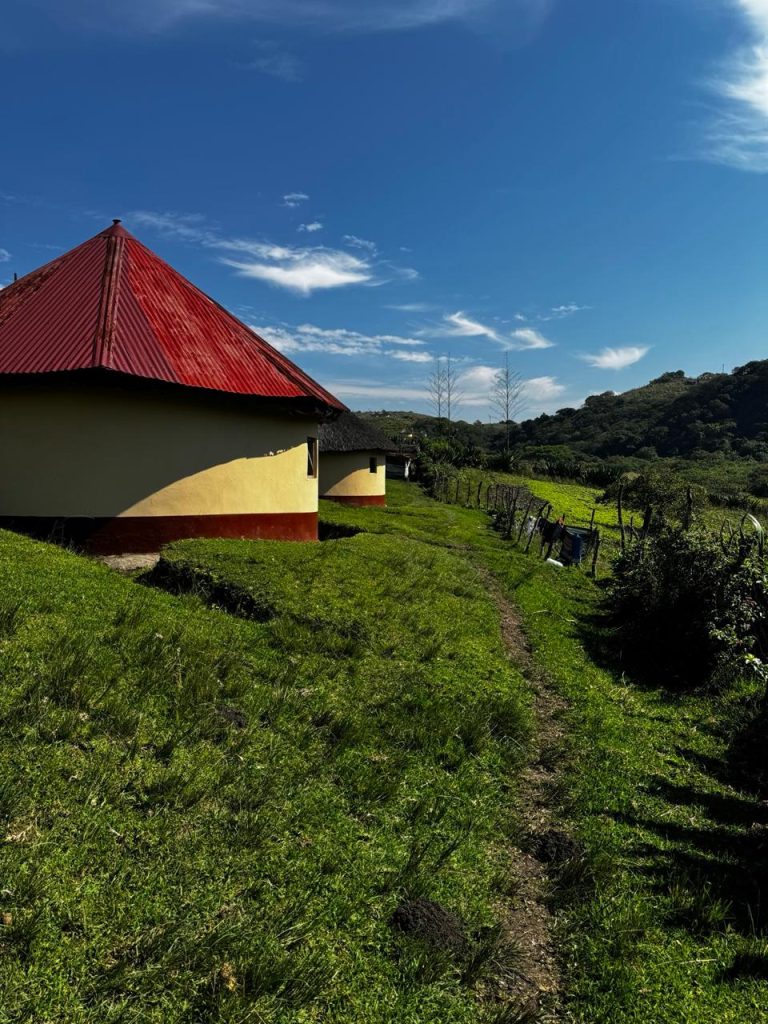
If you’re lucky, you’ll be welcomed by the women of the household, storytellers in their own right, who generously share insights into rural life and the deep synergy between men and women, elders and youth. Conversation flows easily, often turning to questions of your own journey: “Do you ever visit the land of your ancestors?” “How is life in the city?” These moments linger, reminding you that connection is not only cultural, but deeply personal.
Enjoy Homemade Traditional Beer
One of the highlights of my cultural tour was the sharing of umqombothi, a traditional Xhosa beer brewed from maize, sorghum, and water. I had never had it in a great amount, let alone a bucket. Sitting under the sun, with the breeze on my skin, pigs shuffling by and children wandering freely, I felt like umkhulu, an elder at ease, soaking in the stillness and simplicity of the village, a place that I hold dearly in my heart.
For a city girl like me, a village tour, like a few I have taken, is deeply grounding. It’s a rare opportunity to honour a way of life that still makes space for hospitality and heart.
Witness the Symbolism of Livestock in Rural Life
The goats and cattle roam freely, yet with deep purpose. Livestock are central to rites of passage and traditional ceremonies. They are often used in ukwaluka (initiation), weddings, and funerals. Goats and cattle are never simply slaughtered, they are presented with respect and accompanied by intention.
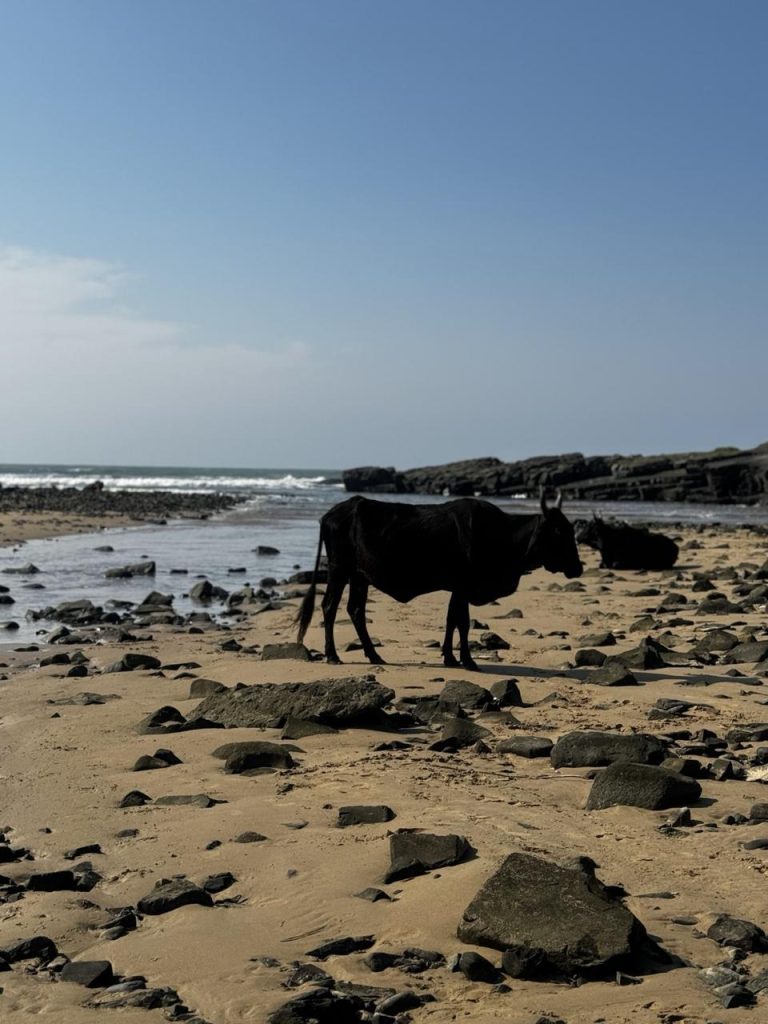
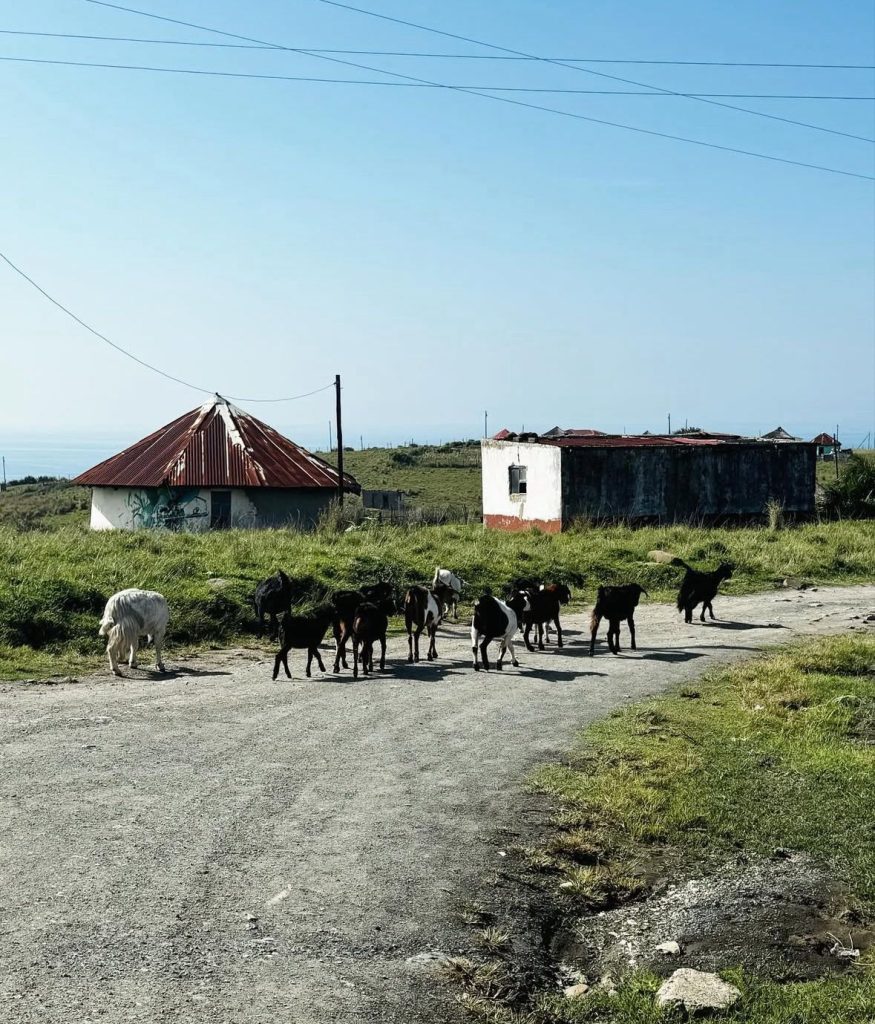
Economically, like cattle, goats are a form of rural wealth. They signify prosperity and are a source of sustenance. So, what might seem like a simple image of goats grazing is, in fact, a portrait of rural dignity.
Pause for a Sundowner
In Coffee Bay, time slows, and the land flaunts textures and horizon lines. The cliffs here stand tall above the waves. Their rugged edges contrast against the softness of the land, creating a landscape that feels untouched and profoundly sacred.
As the day begins to fold, sunsets in this part of the world are nothing short of spiritual. The sky becomes a canvas of molten gold, amber, and soft pinks, casting a warm glow over the hills and pastures below. It’s the kind of light that makes everything, even silence, feel full.
Getting There
Fly to Mthatha Airport via Johannesburg or Cape Town. From there, hire a car or arrange a transfer to nearby villages.
For a great stay, look for community-run homestays or eco-lodges. Consider Mdumbi Backpackers, Bulungula Lodge or Coffee Shack.
Travel tips:
· Learn a few isiXhosa greetings.
· Respect photography etiquette.
· Bring cash, not all shops are not card friendly.
· Go slow. The magic is in the meander.
For more articles like this click here.
If you enjoyed this website then check out our other sites: Wedding and Function, Kids Connection, Thirsty Traveler, Boat Trips for Africa, Bargain Buys, Business Link.
Need help with your online marketing then visit Agency One.







